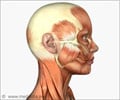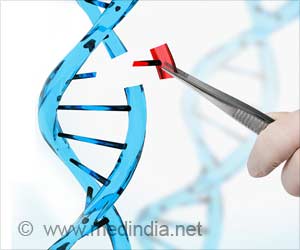Scientists have come up with a new therapy that has the potential to treat people with Duchenne muscular dystrophy, a fatal disease and the most common form of muscular dystrophy in children.
Scientists have come up with a new therapy that has the potential to treat people with Duchenne muscular dystrophy, a fatal disease and the most common form of muscular dystrophy in children.
In the mouse model, researchers at the University of Minnesota Medical School were able to substitute for the missing protein - dystrophin, which forms a key part of the framework that holds muscle tissue together - that results in the disease, effectively repairing weakened muscle tissue.For the study, researchers injected dystrophic mice with a protein called utrophin - a very close relative of dystrophin - that was modified with a cell-penetrating tag, called TAT.
The study is the first to establish the efficacy and feasibility of the TAT-utrophin-based protein as a viable therapy for the treatment of muscular dystrophy as well as cardiac muscle diseases caused by loss of dystrophin.
"This unique approach can replace the missing protein without the complexities of gene replacement or stem cell approaches," said James Ervasti, Ph.D., principal investigator of the study and a professor in the Department of Biochemistry, Molecular Biology and Biophysics.
Ervasti said that research underway to fight muscular dystrophy with gene therapy and stem cell treatment shows promise, but major hurdles must be overcome before these approaches are viable in human patients.
Delivering treatment to every muscle cell via gene therapy or stem cells is difficult because muscle tissue makes up such a large portion of the human body.
Advertisement
Ervasti's method may conquer both of those problems. Upon injection, the TAT-utrophin combination spreads around the entire body efficiently and is able to penetrate the muscle cell wall to substitute for missing dystrophin.
"Our protein replacement approach most directly and simply addresses the cause of Duchenne muscular dystrophy," Ervasti said.
The study is published in the May 26, 2009 issue of PLoS Medicine.
Source-ANI
SRM








